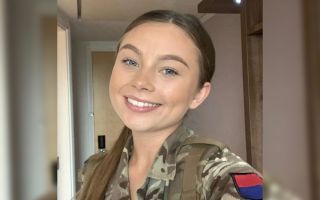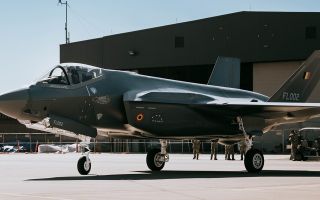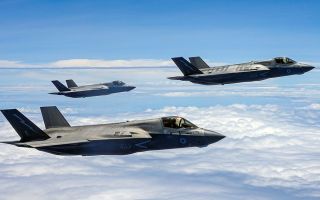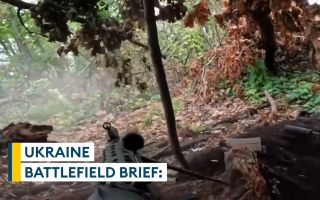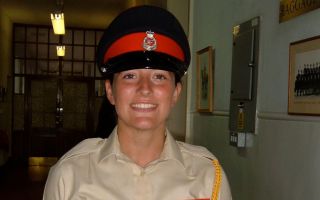Keeping The Frontline Running Under Cover Of Darkness
Bringing supplies to frontline troops is crucial on operations.
Exercise Iron Python has been testing the ability of the Royal Logistic Corps (RLC) to store, defend and move supplies.
It has seen hundreds of RLC personnel practising in urban environments across the north of England.
One of their biggest challenges, is the rather forgotten art of 'Distribution Point Operations'. In other words - getting the new supplies to the frontline troops.
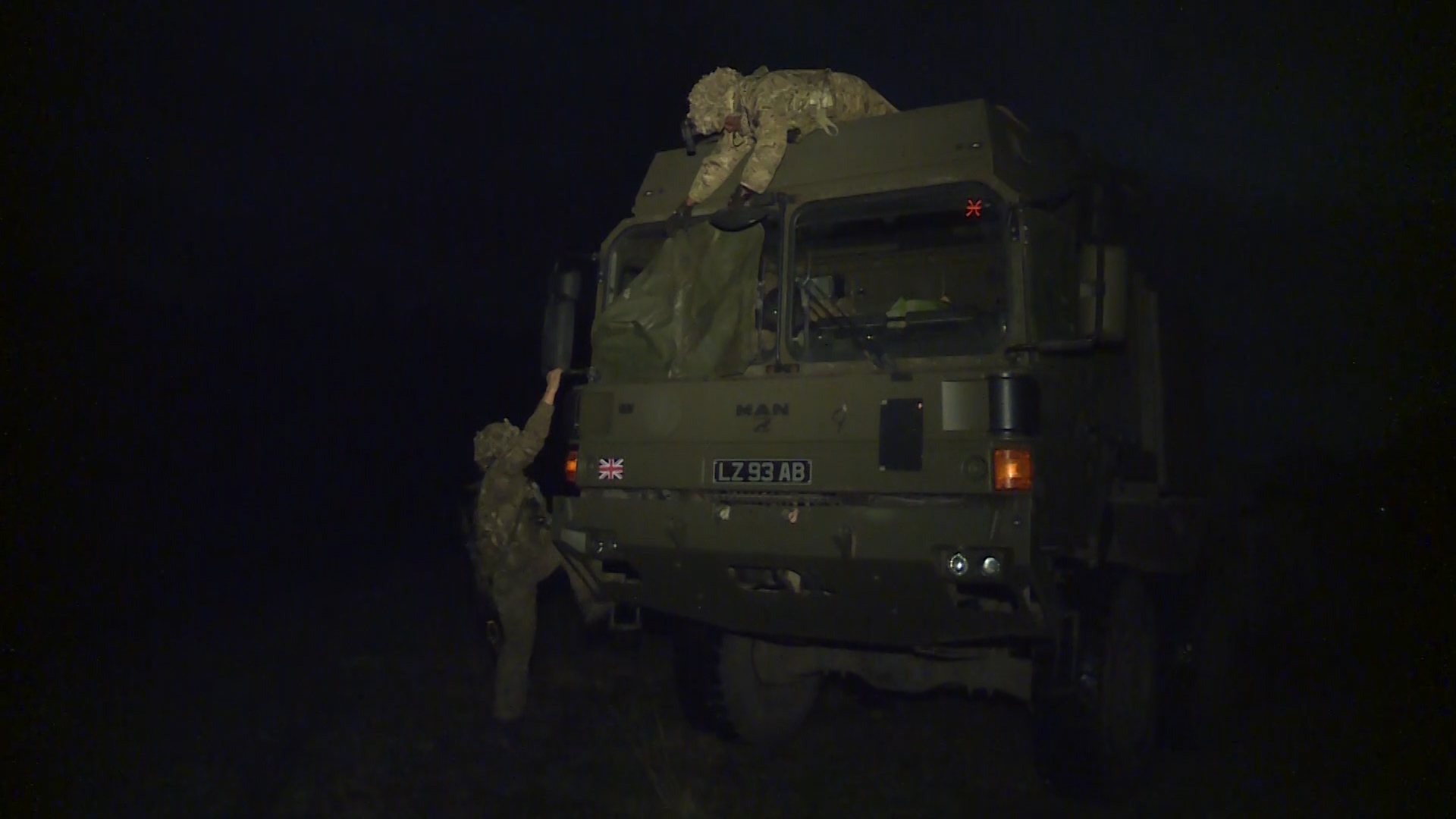
The section commander moves in first with two Quick Reaction Force (QRF) vehicles - to check the area is clear of the enemy. Once in position - they cover their windscreens.
"The vehicles need to be as camouflaged as they possibly can, which is very difficult in an open area like this," says Captain Mike Ruocco.
"One easy step of doing it [camoflauge] is putting things across the windscreen to just reduce glare, so if an enemy looks in, they don't get that bouncing back of light or anything like that."
When they receive the command, the rest of the convoy moves in.
The Quick Reaction Force vehicles form a circle around the Distribution Point (DP) as the transfer of supplies begin.
Midway through the transfer of supplies, the troops come under attack from the scenario's 'enemy' forces, known as the 'Northern Atropian People's Army' (NAPA).
"They've [NAPA] obviously spotted us in this location and they've opened fire to try and stop us doing what we're doing," Captain Ruocco explains.
"We're quite a big and easy target, quite static, so they've opened fire and the 'schmuley' (the term military personnel use for a Rocket Hand Fired Illuminating Parachute) and the flares have gone up and our guys are getting attacked by small arms.
"The Quick Reaction Force and the security team of the DP are returning fire, subduing that enemy, so that the DP can continue and the Army Infantry Battlegroup can still get their stores regardless of being under attack.
"The forklift is now moving much faster than it was before, it was very deliberate before, but now the intent is now just 'right, we need to get out of here as quick as we can'."
Despite heavy enemy fire, the transfer was completed, allowing the Infantry Unit to head back to the frontline and 4 Regiment Royal Logistic Corps to return to base.

Recent operations and conflicts means this sort of work has not been used as much.
But as threats and warfare change, it is important the Royal Logistic Corps practice these techniques.
Captain Ruocco says: "It's a bit of a forgotten art that we're getting back into practicing.
"So, you'd have to look quite far back for full-on distribution operations as seen today.
"With the threat we have at the moment, and the warfare we're potentially going to go into, we'll be doing it more and more - that's why we're out here practising."

